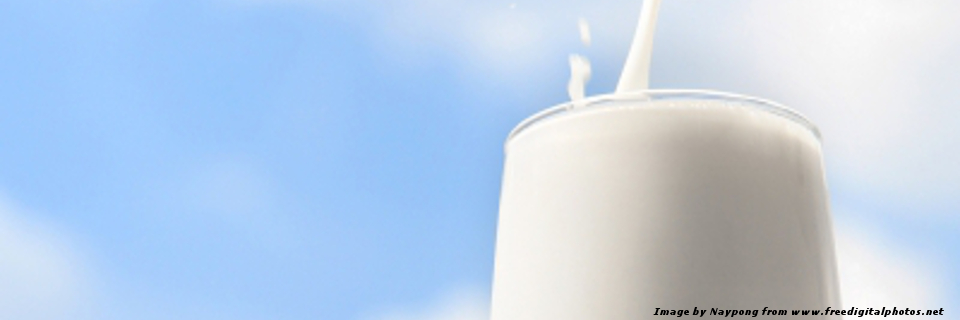Search
Survey of prevalence and seasonal variability of Listeria monocytogenes in raw cow milk from Northern Italy

26/01/2017
Elena Dalzini a, Valentina Berninib, Barbara Bertasic, Paolo Daminellia, Marina-Nadia Losioc, Giorgio Variscoa
a National Reference Centre for Emerging Risk in Food Safety, Istituto Zooprofilattico Sperimentale della Lombardia e dell'Emilia Romagna "B. Ubertini",
Brescia, Italy
b Department of Food Science, University of Parma, Parco Area delle Scienze 49/A, 43124, Parma, Italy
c Department of Food Microbiology, Istituto Zooprofilattico Sperimentale della Lombardia e dell'Emilia Romagna "B. Ubertini", Brescia, Italy
Food Control 60 (2016) 466-470
© 2015 Elsevier Ltd. Listeria monocytogenes is an important food-borne pathogen causing meningitis, meningo-encephalitis and abortion. Both sporadic and epidemic human listeriosis cases are associated with the consumption of contaminated foods. To assess the potential risk to consumer health, the presence of L. monocytogenes was investigated using qualitative and quantitative methods in raw milk (bulk tank milk and milk for vending machine) collected from 2010 to 2013 in Northern Italy (Lombardy and Emilia-Romagna regions). Overall, L. monocytogenes was detected in 145 on 8716 of raw milk samples, with a prevalence of 1.66% (95% C.I. 1.4%-1.7%). The prevalence ranged from 0.52% (95% C.I. 0.3%-0.9%) in 2012 to 2.7% (95% C.I. 2.0%-3.8%) in 2013, but no trend of increase was observed in four-years of investigation. The pathogen was detected from 2.2% (95% C.I. 1.9%-2.6%) of bulk tank milk and from 0.5% (95% C.I. 0.3%-0.8%) of milk for vending machine. A significative difference (p < 0.05) of the prevalence data was observed between data collected in two different regions of Northern Italy with an higher prevalence in Lombardy. In addition to the geographical area, the L. monocytogenes presence was influenced also by the seasonal period of collection samples, with peaks in spring and autumn. These results confirm the raw milk can be a source of foodborne illness outbreaks if consumed without sanitizing treatments, but the low prevalence and the low contamination levels (more than 80% of the contaminated samples contained <10 cfu ml-l of L. monocytogenes) proving the hygienic quality of the milk produced in Northern Italy.

